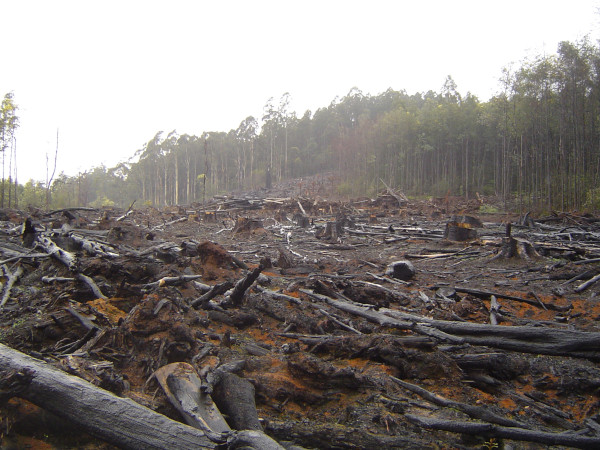Introduction
The following is an excerpt from a job search for a consultant of the United Nations Development Program (UNDP). As a MEG graduate, you might eventually work in such a position.
Deforestation results in immediate release of the carbon originally stored in the trees as CO2 [carbon dioxide] emissions. The IPCC [Intergovernmental Panel on Climate Change] Working Group III (2007) estimated emissions from deforestation in the 1990s to be at 5.8Gt CO2/yr. It is now recognized that deforestation – mainly in the tropics – accounts for approximately 18% of global emissions of CO2.
Forest degradation also makes a significant contribution to emissions from forest ecosystems. Therefore, there is an immediate need to make significant progress in reducing deforestation, forest degradation, and associated emission of Greenhouse Gases.
The United Nations Framework Convention on Climate Change agenda item on “Reducing emissions from deforestation in developing countries and approaches to stimulate action” was first introduced at United Nations Climate Change Conference. The challenge was to establish a functioning international REDD finance mechanism that can be included in an agreed post-2012 global climate change framework.
Progress has been made and the need to meet the challenge is now reflected in the Bali Action Plan and the COP13 Decision 2/CP.13. A functioning international REDD finance mechanism needs to be able to provide the appropriate revenue streams to the right people at the right time to make it worthwhile for them to change their forest resource use behaviour.
